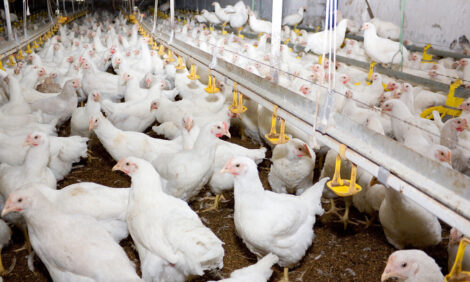



Worst-ever avian influenza crisis in Europe raises concerns - EFSA
Europe reported 2,467 outbreaks, affecting 47.7 million birdsEurope has experienced its worst avian influenza crisis ever this year with nearly 50 million poultry culled, and the persistence of the virus over the summer has raised the risk of widespread infections next season, Reuters reported, citing the EU's Food Safety Agency (EFSA).
The spread of highly pathogenic avian influenza (HPAI), commonly called bird flu, is a concern for governments and the poultry industry due to the devastation it can cause to flocks, the possibility of trade restrictions and a risk of human transmission.
An unprecedented number of outbreaks were reported in wild and domestic birds this summer, causing massive mortality among sea bird breeding colonies on the north Atlantic coast according to a joint overview by the EFSA, the European Centre for Disease Prevention and Control and the EU reference laboratory.
Avian influenza usually strikes during the autumn and winter months. It is transmitted by infected migrating wild birds' faeces or direct contact with contaminated feed, clothing and equipment.
"As autumn migration begins and the number of wild birds wintering in Europe increases, they are likely at higher risk of HPAI infection than previous years due to the observed persistence of the virus in Europe," Guilhem de Seze, a senior official at the EFSA, said in a statement on Monday.
This season's epidemic affected 37 European countries in total, the largest geographical reach on record, and the virus crossed the Atlantic for the first time along migration routes, causing a severe epidemic in poultry in several Canadian provinces and US States, EFSA said.
Overall, this season's ongoing avian influenza crisis is the worst ever seen in Europe with a total of 2,467 outbreaks reported in poultry and 47.7 million birds culled, it said.
In addition, 187 detections were notified in captive birds and 3,573 HPAI events were recorded in wild birds.
EFSA recommended rapid implementation of risk mitigation and surveillance strategies for an early detection of the virus.









